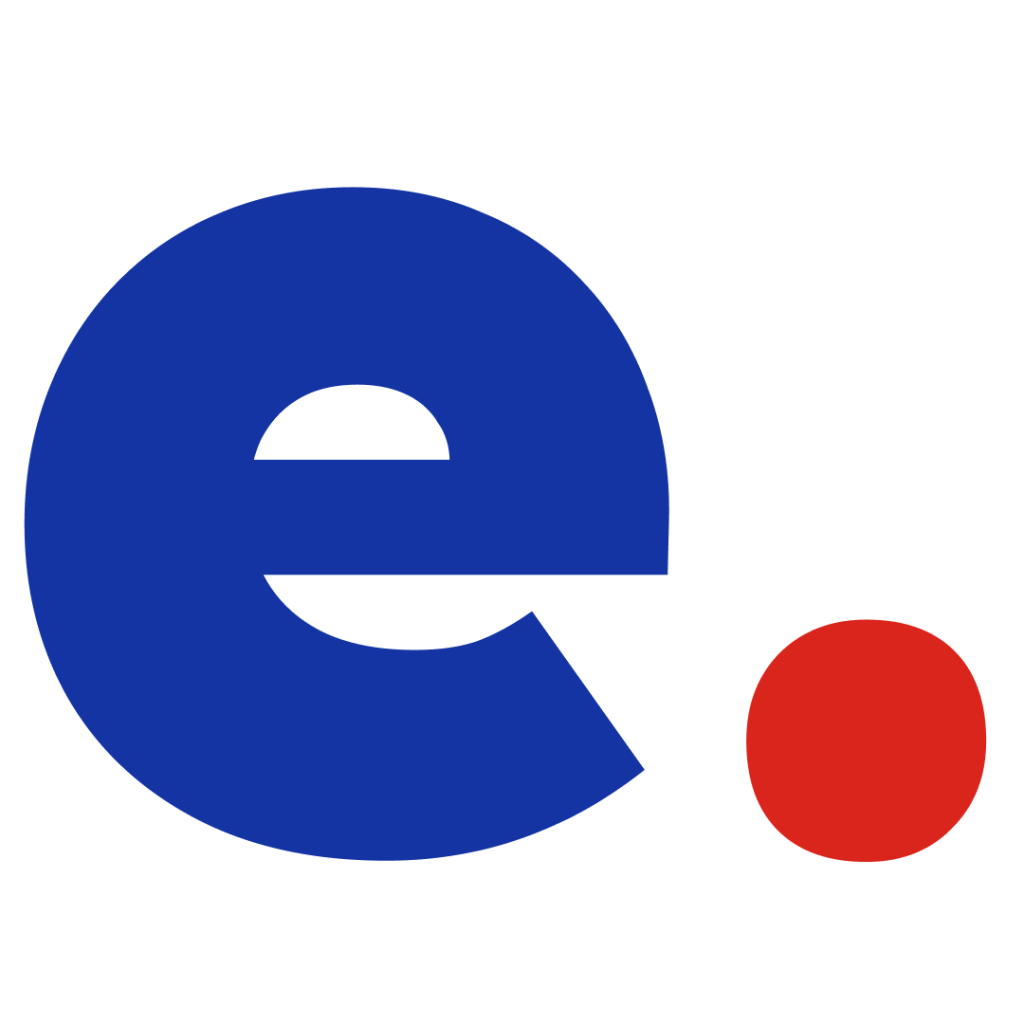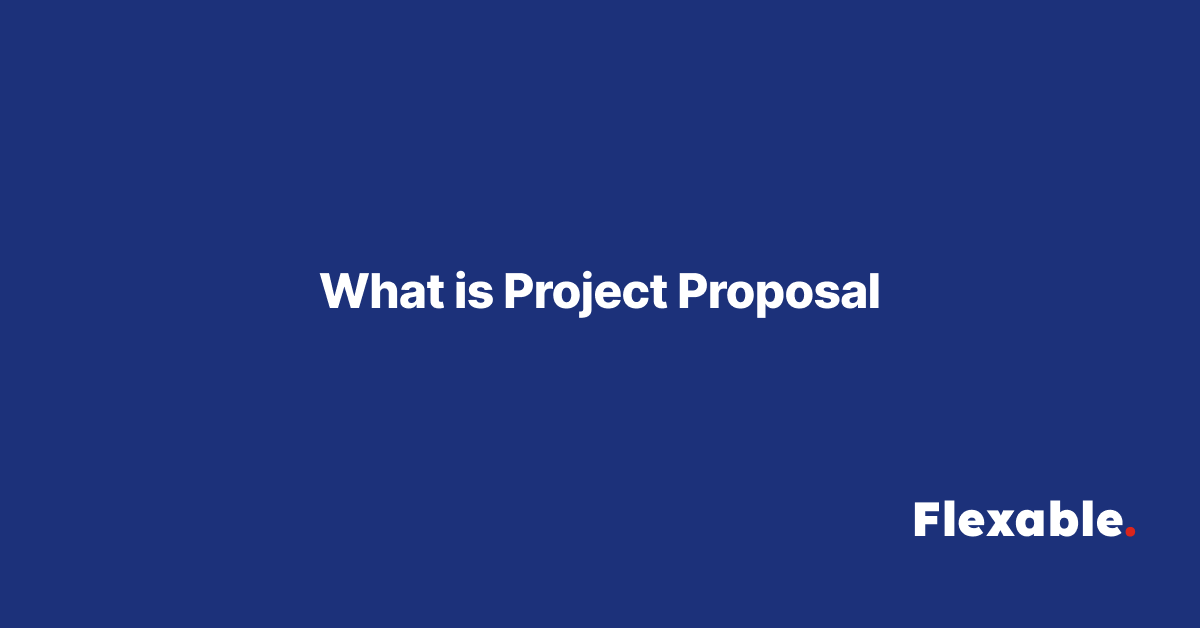A project proposal is a formal document or pitch that freelancers, contractors, or businesses submit to clients to outline the details of a project and how they plan to achieve its objectives. It is a critical tool used to win projects, build trust, and establish a clear understanding between both parties. A well-crafted project proposal not only demonstrates your expertise but also aligns your solutions with the client’s goals, making it a vital step in securing freelance opportunities.
In freelancing, where competition is intense, a project proposal is often the deciding factor between winning or losing a job. It’s more than a list of services; it’s a tailored presentation of how you can solve the client’s problem and deliver measurable value.
Why is a Project Proposal Important?
A project proposal serves as a roadmap for collaboration and a tool to establish professionalism and clarity. Here’s why it’s indispensable:
1. Builds Trust and Credibility
A detailed and thoughtful project proposal shows the client that you’ve taken the time to understand their needs and have the expertise to deliver the desired results.
2. Sets Clear Expectations
By outlining the scope of work, timelines, deliverables, and costs, a proposal ensures that both parties are on the same page, minimizing the chances of misunderstandings later.
3. Demonstrates Professionalism
A well-organized proposal showcases your attention to detail and commitment to the project, leaving a positive impression on the client.
4. Helps You Stand Out
In competitive freelancing marketplaces, a customized project proposal tailored to the client’s specific needs can set you apart from generic bids.
5. Secures Agreement
Once approved, a project proposal acts as a formal agreement, ensuring both you and the client are aligned on expectations, deliverables, and payment terms.
Key Components of a Project Proposal
A compelling project proposal should include the following elements to ensure it effectively communicates your value to the client:
1. Title Page
- Include the project name, your name or business name, and the client’s name.
- Tip: Add your branding elements, such as a logo or professional design, for a polished look.
2. Introduction or Executive Summary
- Briefly summarize the purpose of the proposal and highlight how your skills or services can address the client’s needs.
- Example:
“I’m excited to help [Client’s Name] achieve [specific goal] through [specific service]. With my expertise in [your field], I’m confident we can deliver outstanding results.”
3. Project Objectives
- Clearly outline the goals of the project and what you aim to achieve. Use the client’s language and refer to their specific pain points to show alignment.
- Example:
“The objective of this project is to redesign your website to enhance user experience, improve navigation, and increase conversion rates by 20%.”
4. Scope of Work
- Detail the tasks or services you will provide, broken down into phases or steps. Be specific about what is included to avoid scope creep later.
- Example:
- Phase 1: Initial research and strategy.
- Phase 2: Wireframe design and client feedback.
- Phase 3: Final design and implementation.
5. Deliverables
- List the tangible outcomes or results the client can expect.
- Example:
- Fully responsive website design.
- SEO-optimized content for five core pages.
- One round of revisions included.
6. Timeline
- Provide a realistic timeline for each phase of the project, ensuring it aligns with the client’s expectations.
- Example:
- Week 1: Research and wireframing.
- Week 2–3: Design development.
- Week 4: Final revisions and delivery.
7. Pricing and Payment Terms
- Include a breakdown of costs for each phase or service, along with payment terms. Specify if you require upfront payments, milestones, or a percentage upon completion.
- Example:
- Total Cost: $1,500.
- 50% upfront and 50% upon project completion.
8. Credentials and Portfolio
- Highlight relevant experience, skills, or past projects that demonstrate your ability to deliver high-quality results. Include links to your portfolio or case studies.
- Tip: If you’ve worked on similar projects, mention the positive outcomes to build confidence.
9. Call to Action (CTA)
- End with a clear, actionable step for the client to take, such as scheduling a meeting or approving the proposal.
- Example:
“I’d love to discuss this proposal further and answer any questions. Please let me know if we can schedule a quick call to get started!”
How to Customize a Project Proposal
Generic proposals rarely succeed. To make an impact, it’s essential to tailor your proposal to each client and project. Here’s how:
- Research the Client:
Understand their business, goals, challenges, and target audience. Use this knowledge to align your proposal with their needs. - Use the Client’s Language:
Mirror the tone and terminology the client uses in their job description to show that you’re aligned with their vision. - Address Pain Points:
Highlight how your services solve the specific problems the client is facing, demonstrating your understanding of their challenges. - Personalize the Introduction:
Mention the client’s name, their business, and any relevant details to show that your proposal is uniquely crafted for them. - Offer Unique Value:
Differentiate yourself by emphasizing what sets you apart—whether it’s your experience, a special approach, or additional services.
Common Mistakes to Avoid in Project Proposals
- Being Too Generic:
Avoid using cookie-cutter templates. Personalization is key to capturing the client’s attention. - Overloading with Information:
Keep your proposal concise and focused. Too much detail can overwhelm the client. - Ignoring the Client’s Needs:
Failing to address the client’s specific goals or pain points makes your proposal less relevant and impactful. - Unclear Pricing or Deliverables:
Ambiguity in pricing or deliverables can lead to misunderstandings later. Be transparent and detailed. - Skipping a Call to Action:
Always include a CTA to guide the client on what to do next, such as approving the proposal or scheduling a discussion.
Benefits of a Well-Written Project Proposal
- Increases Chances of Winning Projects:
A customized, professional proposal makes you stand out, especially in competitive freelancing markets. - Sets the Foundation for Collaboration:
Proposals establish clear expectations, making the project smoother for both parties. - Builds Confidence:
Clients feel reassured when they see a well-thought-out plan that aligns with their objectives. - Improves Professional Image:
A polished proposal reflects your expertise and commitment to delivering quality work.
Conclusion
A project proposal is more than just a pitch, it’s a strategic document that can make or break your chances of securing a project. By presenting a clear plan, addressing the client’s specific needs, and showcasing your expertise, you can create proposals that resonate with clients and lead to successful collaborations.
For freelancers, mastering the art of crafting tailored project proposals is an invaluable skill. With careful customization, attention to detail, and a focus on delivering value, your proposals can set you apart in the competitive freelancing industry and help you win more projects with confidence.

